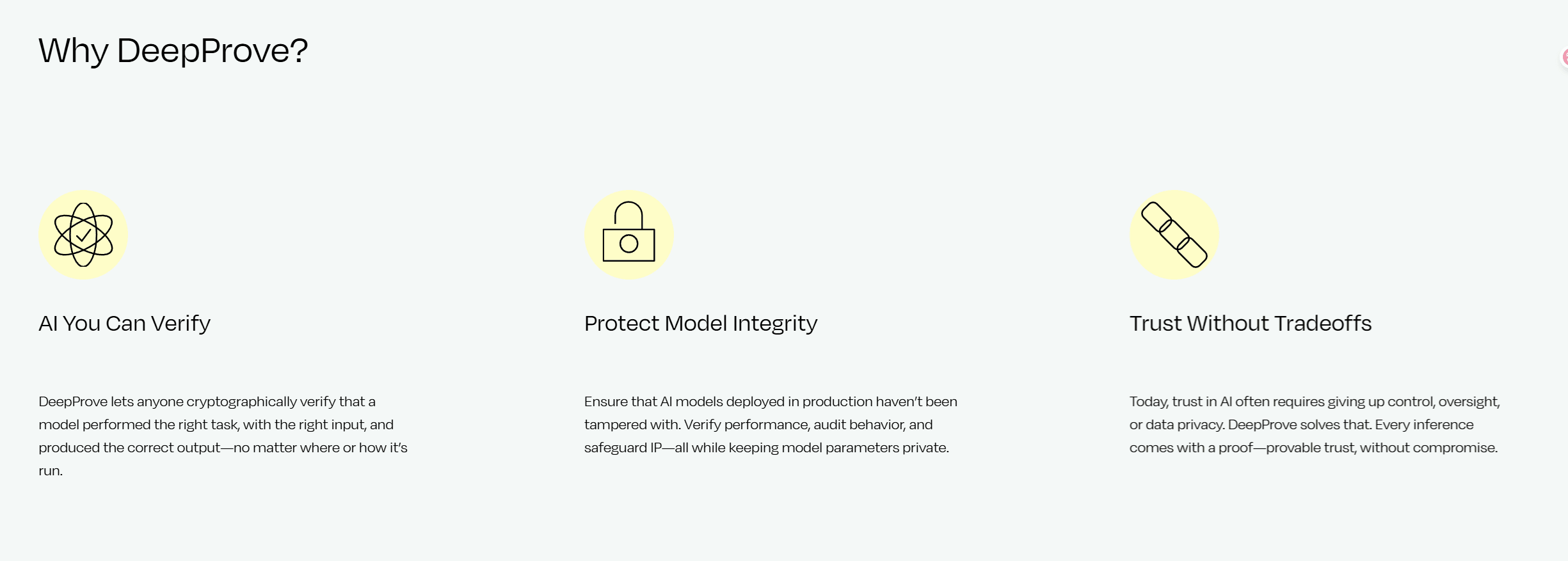
In the evolution of the blockchain ecosystem, the computational capacity of smart contracts is limited by on-chain resources, necessitating a scaling solution to connect on-chain and off-chain. The Lagrange Coprocessor Gateway quietly rises, using its ZK Coprocessor as a bridge to connect complex computational needs with trusted verification, bringing new possibilities to the Web3 world. Let us step into Lagrange together and explore how it illuminates the future of blockchain through technology and collaboration.
The bridging role of the Lagrange Coprocessor Gateway began with the Lagrange ZK Prover Network (LPN), operating on EigenLayer in August 2025, uniting 120 operators including Ankr and Nethermind. LPN allocates tasks through Gateways, with July 2025 optimizations reducing proof generation latency to 2 seconds, handling 950 million requests. The Double Auction Resource Allocation (DARA) mechanism optimizes resources through bidding, reducing proof costs by 30% in June 2025, with a total value locked (TVL) approaching $490 million. In August 2025, LPN supports 25 sub-networks, covering Optimism and zkSync, with a total staking amount exceeding 25,000 ETH.
The extensibility of the connection lies in its ZK Coprocessor, with the 1.0 version in August 2025 supporting SQL queries, allowing developers to verify historical data and AI reasoning. The Verifiable Database architecture preprocesses on-chain storage, with the July 2025 upgrade increasing indexing speed to 200,000 entries per second, attracting 700 dApp integrations. DeepProve zkML supports verifiable AI outputs, with June 2025 optimizations processing 150,000 inferences, serving Azuki and Gearbox.
In August 2025, the 'ZK Gateway' event allocated rewards to 110 developers, with API call volumes reaching 350 million and transaction volumes exceeding 90 million. Challenges still exist. The task allocation efficiency of Gateways needs to be improved, as the July 2025 testnet showed that 8% of nodes exited due to latency. The cross-chain compatibility of the Verifiable Database needs optimization. In the future, if Lagrange enhances the allocation algorithm and expands cross-chain support, its bridge may connect more computational scenarios. This bridge paves the way for computation in Web3. Each connection nourishes the potential of blockchain, and we look forward to its harmonious future together.





